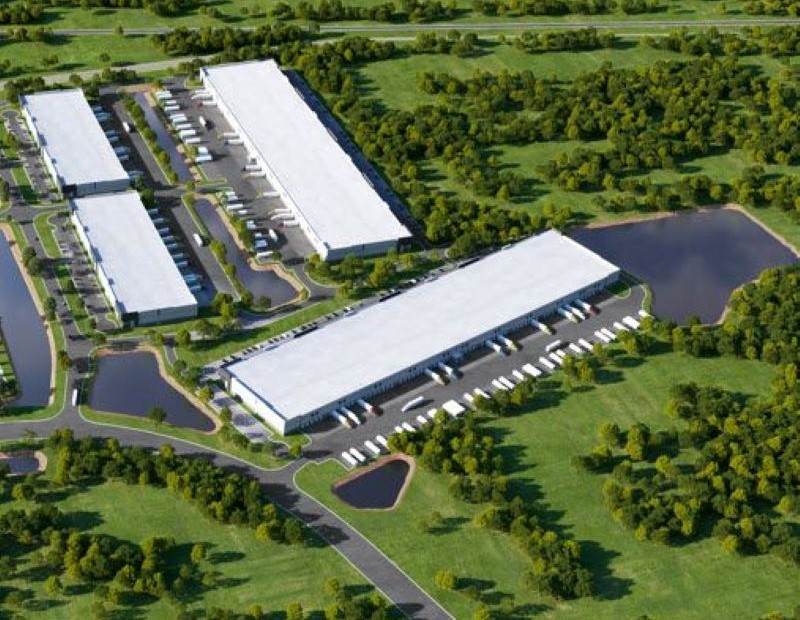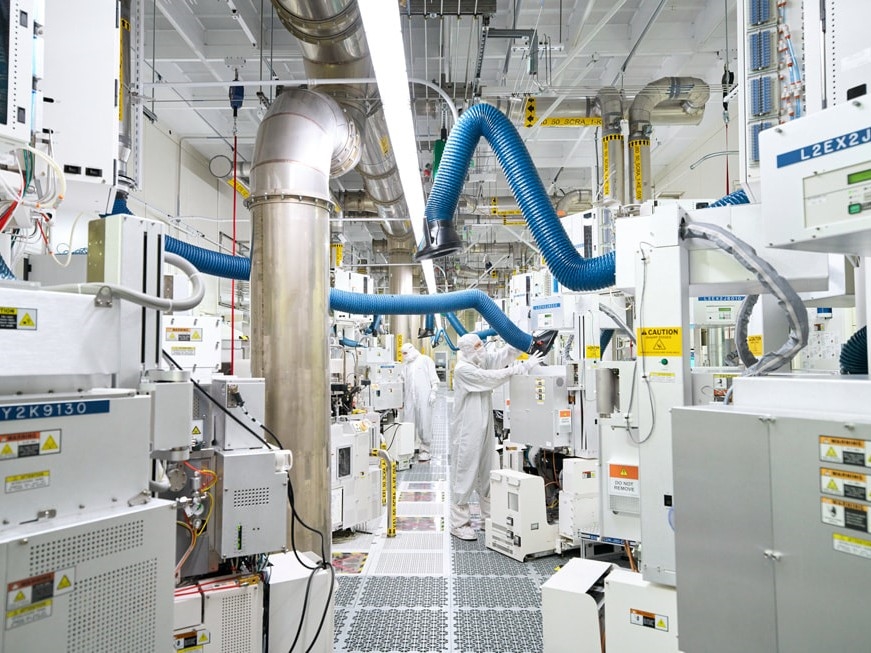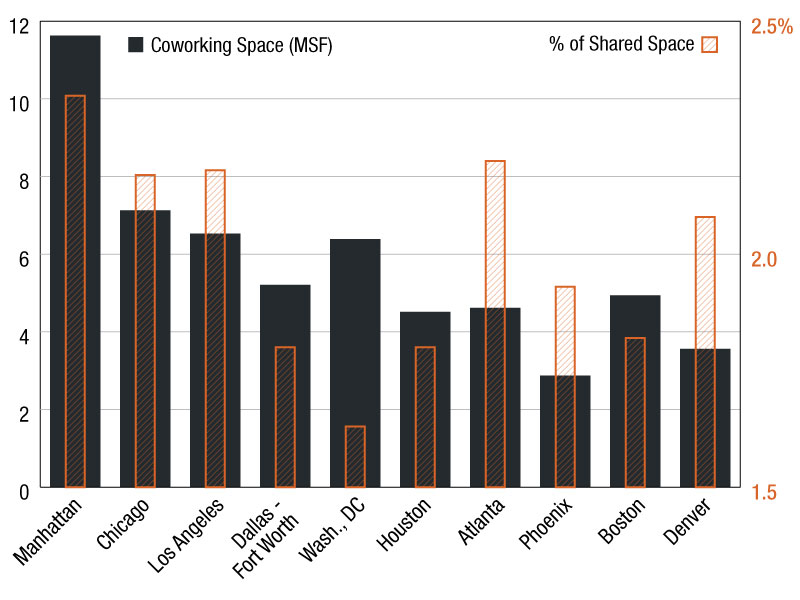Exploring the Industrial Sector from the US to the UK
Bridge Industrial CEO Steve Poulos discusses key U.S. markets and reflects on the company’s recent expansion into the U.K.
After two decades in the industrial real estate sector, Bridge Development Partners has rebranded as Bridge Industrial to reflect the company’s evolution over the years. Bridge went from being a local developer to a fully integrated industrial real estate platform across the U.S. and the U.K., noted Steve Poulos, founder & CEO of Bridge Industrial.
Under the new name, Bridge plans to grow its investment management business with a focus on build-to-core, value-add and core/core-plus long-term hold strategies. In the interview below, Poulos offers insights on the company’s new direction and reflects on the specificities of the industrial markets Bridge has a presence in across the U.S. and the U.K.
READ ALSO: Top 10 Industrial Projects Under Construction
Bridge Development Partners has changed its name to Bridge Industrial. What does this rebranding mean for the company?
Poulos: The rebrand from Bridge Development Partners to Bridge Industrial is really a recognition of our company’s expanded investment offerings. In addition to development, Bridge has been very active with acquisitions. We wanted an identity that accurately represents the range of investments that the company is engaged in.
Bridge focuses on build-to-core, value-add and core/core-plus investment strategies. How do these strategies keep up with today’s dynamic industrial landscape?
Poulos: We are seeing a lot of new development and acquisition opportunities in each of our core markets. Leveraging these varying investment strategies will allow us to appeal to a wider range of capital, as each strategy has its own balance between risk and reward.
The company operates in core markets such as California, New York/New Jersey, Washington, Illinois and Florida. What are some of the key similarities and differences between these markets?
Poulos: The primary similarity driving Bridge’s participation in these markets is access to large population bases, which is beneficial for prospective tenants operating in both e-commerce and cold storage and each market being extremely supply-constrained.
In terms of differences, there are several challenges Bridge must consider in each market. Environmental and municipal conditions are among our primary considerations—for example, in Miami, we’re essentially building in swamps, and in Los Angeles, we need to work with much stricter environmental and entitlement restrictions.
READ ALSO: Bridge Development Ramps Up Giant New Jersey Project
You’ve developed industrial facilities in each market you have a presence in. Are there any specific construction challenges to each market?
Poulos: There are construction challenges that we face which are more general, such as the different municipal zoning codes in each region, as well as challenges that are specific to each market we operate in. In New York City, we’re working with complicated multistory buildings that are adjacent to major waterways.
In Los Angeles and Long Beach, we’ve been tasked with removing oil rigs and refineries prevalent throughout the region. And in Chicago, we’ve had to tear down oil storage tanks and things like obsolete radio towers to make way for our projects.
Your portfolio also includes cold storage, however, only in select markets such as Chicago and Miami. Do you plan to invest in more cold storage across the U.S.?
Poulos: We intend to continue producing state-of-the-art cold storage facilities that are adjacent to large population centers. These facilities support efforts to bring perishable goods to these populous regions and are increasingly needed as demand for fresh produce and at-home grocery delivery continues to grow.
Bridge also expanded into London last year. How does the U.K. industrial market compare to the industrial market in the U.S.?
Poulos: The U.K. industrial market is very similar to the larger U.S. markets, although they differ in terms of protocol and procedures. In the U.K., Bridge still focuses on facilities that are near large population centers to support same-day and next-day e-commerce delivery. With that being said, the U.K. is still about five years behind the U.S. in terms of modern industrial/logistics supply to support e-commerce growth.
What are your predictions for the industrial market in 2021 and beyond?
Poulos: I expect to see a very strong industrial market in 2021, even as the pandemic winds down. E-commerce isn’t slowing down any time soon, and we’re already seeing market participants planning activity through 2022 to keep pace with this upward e-commerce growth. All those factors point to continued strength in the market, and we expect to be very active and successful not just in 2021 but also over the next few years.









You must be logged in to post a comment.